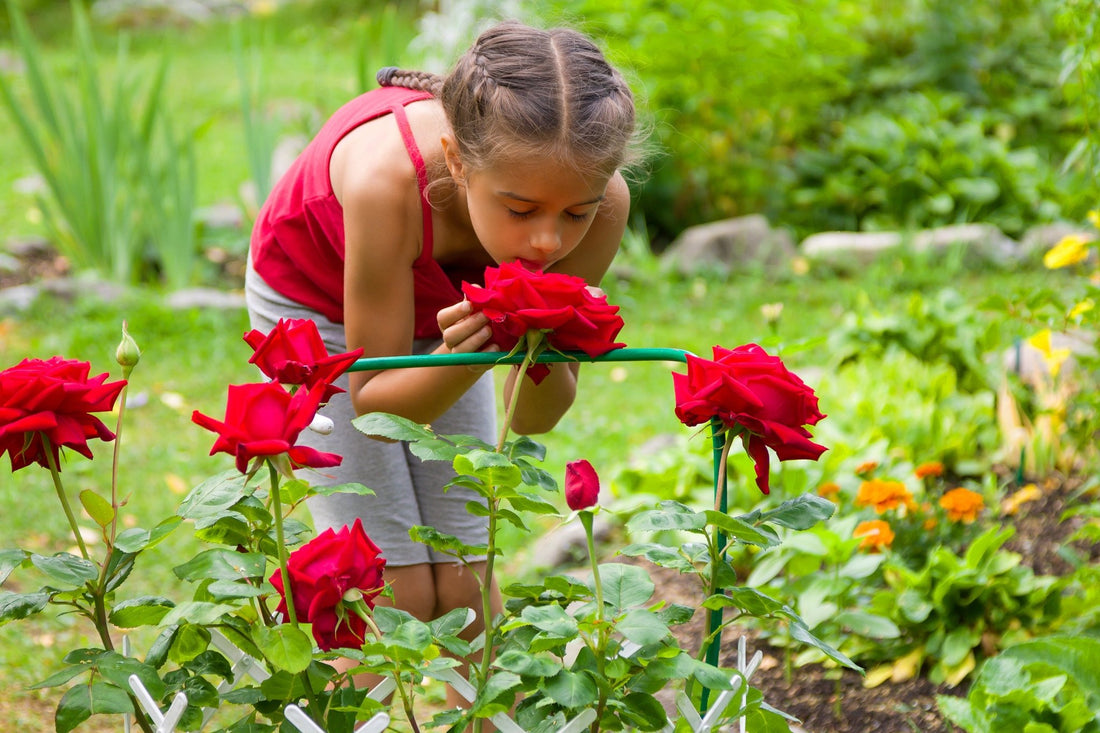Sniffing Out the Secrets of a Fragrant Garden
If you've ever wandered through a garden and caught a whiff of something that made you stop, sniff, and sigh with delight, you've experienced the magic of a fragrant garden. It’s not just about making your outdoor space look good—it’s about making it smell like a botanical day spa.
What Exactly Is a Fragrant Garden?
A fragrant garden is not just about pretty flowers and greenery; it's about creating a sensory experience that makes you stop, close your eyes, and take a deep, satisfying breath. Imagine a mix of plants and flowers that release their perfumes at different times of the day or season. It’s like Mother Nature’s version of a luxurious spa, minus the hefty price tag.

Why Bother with a Garden That Smells Divine?
If the idea of an all-natural aromatherapy session right outside your door isn't enough to convince you, here are a few more reasons:
- Mood Booster: The right scents can lift your spirits, calm your nerves, and even improve your focus. Who needs a meditation app when your garden smells this good?
- Natural Bug Repellent: Some fragrant plants, like lavender and rosemary, do double duty by keeping pesky bugs at bay. Less swatting, more enjoying.
- Wildlife Magnet: Bees, butterflies, and birds are suckers for sweet-smelling plants. They'll turn your garden into a buzzing, fluttering paradise.
- Just Plain Gorgeous: A garden that looks good and smells even better? That’s a win-win.
- Nostalgia: Fragrant plants like lilacs, roses, and peonies can evoke sweet memories of past summers, bringing a touch of nostalgia to your outdoor space.
Must-Haves for Your Fragrant Garden
Now, let’s get down to business. Here’s what you need to make your fragrant garden the envy of the neighbourhood:
- Lavender: The queen of fragrance, lavender’s soothing scent is perfect for any garden. Plus, it’s hardy in Keswick!
- Roses: Choose hardy and/or own-root varieties for their heady perfumes and ability to withstand our colder climate.
- Lilacs: These springtime bloomers are a Georgina staple, and their nostalgic, sweet smell is unmatched.
- Peonies: Another Keswick champion, peonies add a lush, floral scent that’s pure luxury. And make a great cut flower to enjoy the scent inside as well!
- Mint: The refreshing scent of mint is not only invigorating but also keeps ants and mice at bay. (Pro tip: Plant it in a pot to prevent it from taking over your garden!)
- Thyme: Perfect for borders or in between stepping stones, thyme releases a subtle fragrance when brushed against.
- Honeysuckle: These vines are not just for looks—they’ll perfume the evening air and attract hummingbirds like crazy.
- Hyacinth: These spring bulbs are small but mighty in the scent department.

What’s Attracted to a Fragrant Garden?
A fragrant garden isn’t just a treat for your nose—it’s a beacon for beneficial critters, too:
- Bees: They can’t resist the lure of scented flowers. Bonus: They’ll help pollinate your entire garden.
- Butterflies: Fragrant plants like bee balm, yarrow and lantana will have them fluttering in for a visit.
- Birds: The heady scents of honeysuckle and lilac will have birds swooping in, especially hummingbirds.
- Humans: Don’t be surprised if your neighbours start finding excuses to drop by!
Extras to Include (That Are Not Fragrant)
If you’re going all-in on fragrance, here are a few extras to elevate your garden to the next level:
- Scented Pathways: Plant low-growing, fragrant herbs like thyme or chamomile between stepping stones. Every time you walk through, the scent will be released.
- Fragrant Trees & Shrubs: Shrubs like Mock Orange or trees like flowering dogwood, can add height and more fragrance to your garden.
- Water Features: The sound of water trickling from a small fountain pairs perfectly with the scents in the air, creating a multi-sensory experience.
- Wind Chimes: Soft, melodic chimes can complement the fragrance with calming sounds.
- Night-Blooming Plants: Plants like evening primrose or moonflower release their scent at night, adding an enchanting element to your garden after the sun goes down.
- Seating Areas: Create a cozy nook where you can sit and enjoy the scents. A bench or swing placed strategically among the flowers is perfect.

How to Look After Your Fragrant Plants
Maintaining a fragrant garden isn’t rocket science, but it does require a little TLC:
- Pruning: Regular pruning keeps your fragrant plants healthy and encourages more blooms. Plus, it helps prevent your garden from turning into a wild jungle.
- Watering: Water deeply but infrequently to encourage deep root growth. Just be careful not to overwater, as some fragrant plants, like lavender, prefer it on the drier side.
- Feeding: Feed your plants with compost or a balanced fertilizer to keep them thriving and producing those lovely scents.
- Weeding: Keep those pesky weeds in check so they don’t crowd out your fragrant plants or steal nutrients.
- Winter Protection: In Georgina, winters can be harsh. Mulch around the base of your tender perennials to protect them from frost.
So there you have it, a fragrant garden isn’t just about pretty flowers; it’s about creating an oasis of scent that transforms your outdoor space into a relaxing retreat. With the right plants and a bit of care, you can enjoy a garden that smells as incredible as it looks. So go on, indulge your senses, and let your garden do the talking—or rather, the smelling!
Happy gardening!




